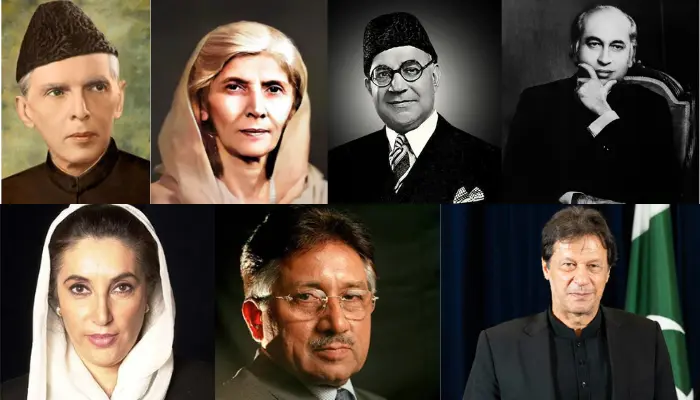How Pakistani Politician admire their voter by carefully managing their wardrobe
In the realm of politics, where perception often shapes reality, the attire of a politician is far more than a matter of personal style—it is a strategic tool wielded to convey authority, confidence, and professionalism. The phenomenon known as “power dressing” has become an integral aspect of political image management, shaping the public’s perception of leaders and influencing their credibility and effectiveness. This essay explores the significance of power dressing in politics, its underlying principles, and its impact on the perception of politicians.
In addition to the selection of clothing, accessories play a crucial role in power dressing. Ties, for example, are often used by male politicians to add a touch of personality or convey affiliation with a particular party or ideology. Similarly, pearls or statement jewelry may be worn by female politicians to enhance their image without overshadowing their message. Every accessory is meticulously chosen to complement the overall ensemble and contribute to the desired perception of the politician as a capable and trustworthy leader.
While Pakistan may exhibit political volatility, its adherence to entrenched ideals remains steadfast. Whether pertaining to culture, religion, or identity, predetermined norms prevail, guided prominently by politicians who dictate societal standards and fashion preferences. From the iconic Jinnah Cap to the luxurious Hermès Birkin bags flaunted by figures like Hina Rabbani Khar, the realm of politics profoundly influences the collective identity of the nation’s populace.
Muhammad Ali Jinnah – From
Saville Row suits to Sherwani & Mamlukian cap

As partition approached, Muhammad Ali Jinnah emerged as a beacon of inspiration for millions, sought after for his leadership. It was during this pivotal time that the British-educated lawyer transitioned from his extensive collection of Saville Row suits to don the Sherwani and Mamlukian cap, commonly known as the Jinnah Cap by Pakistanis. This sartorial shift not only symbolized a change in attire but also marked the emergence of a distinct identity for Muslim leaders in Pakistan and India, enduring for years to come.
Fatima Jinnah – Symbol of Cultural Identity in Pakistan
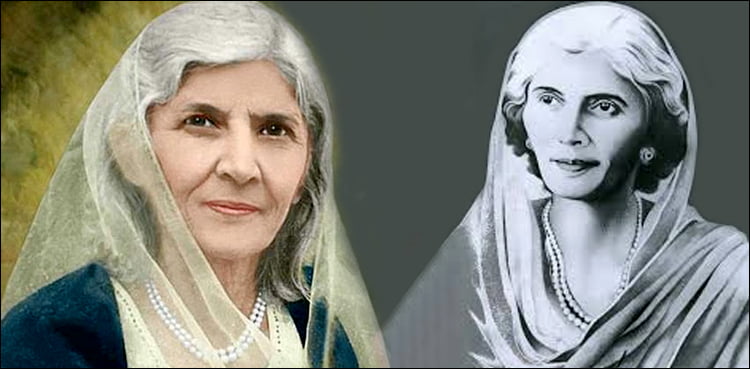
As the sister of the founder of Pakistan, Fatima Jinnah held high importance within the system of power politics in Pakistan, where her clothing became an inspiration for many who migrated to the new land. Her organza dupatta complemented with an iconic gharara was the ensemble that created a cultural identity for those who wanted to assimilate into the concept of Pakistan.
Zulfiqar Ali Bhutto – Awami Attire
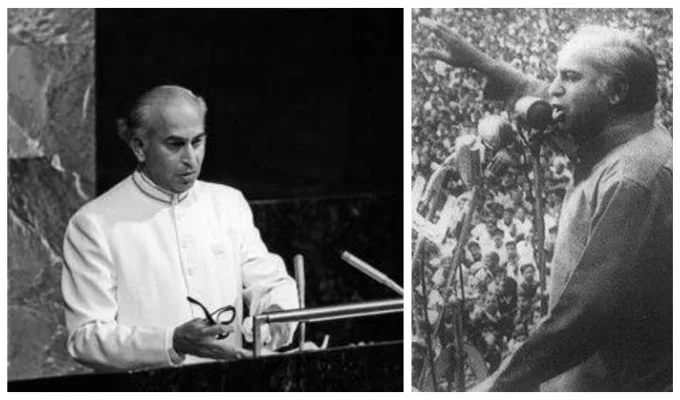
Breaking away from the traditional knee-length Sherwani, the leader of the newly established Pakistan, excluding our Eastern satellite, embraced his socialist beliefs by blending old and new concepts. He revolutionized leadership attire by adopting the awaami clothing style, introducing the short-length kameez with open sleeves. This sartorial choice not only made the common man feel comfortable but also resonated with the masses as he donned attire reminiscent of their own. Additionally, his formal ensemble featuring a short jacket served as a source of inspiration for many, reflecting a fusion of tradition and modernity in leadership fashion.
Benazir Bhutto – From Oxford to Larkana
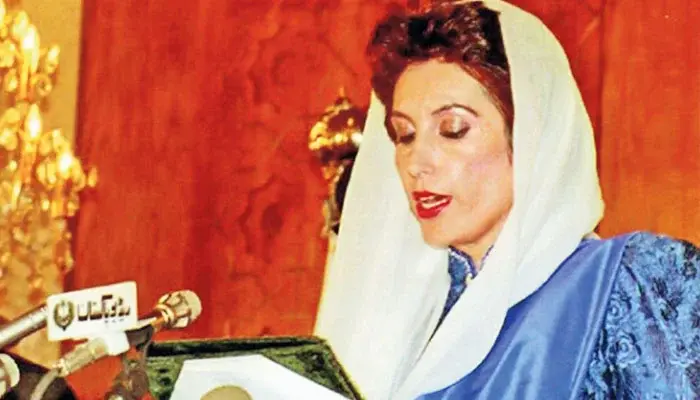
Formerly the scholarly daughter of Prime Minister Zulfikar Ali Bhutto, studying at Oxford, Benazir Bhutto transitioned from a carefree young woman in bell-bottomed jeans to become Pakistan’s first female head of state. Embracing her new role with impeccable assimilation, Benazir made a deliberate choice to adopt the traditional attire of Shalwar Kameez, complete with the signature dupatta adorning her head at all times. This commitment to her cultural identity was evident even during her oath-taking ceremony, where she donned an iconic Maheen Khan green and white ensemble, embodying her dedication to her heritage and leadership.
Pervez Musharraf – The Stylish Military Dictator
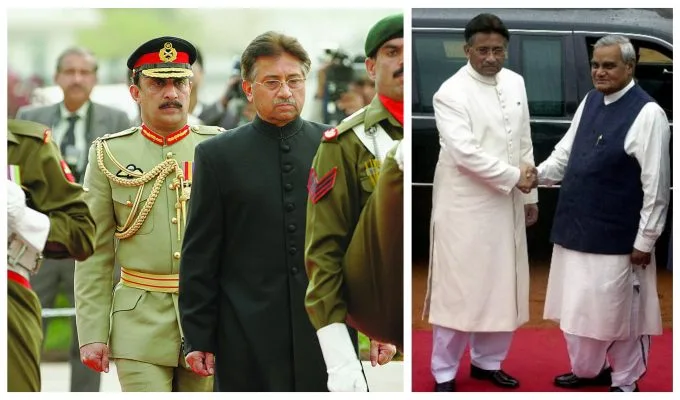
Being the sole Pakistani head-of-state to feature among the top ten best-dressed leaders globally, Pervez Musharraf revitalized the Sherwani’s fashion prominence following years of dormancy. Inspired by the signature Amir Adnan Sherwani worn by Musharraf during his visit to India, then Indian Prime Minister Atal Bihari Vajpayee expressed a desire for a similar outfit to be tailored for himself.
Imran Khan – Awaam’s Attire for Naya Pakistan

Returning the notion of “awaam” to his vision of a ‘Naya’ Pakistan, Imran Khan embodies the enduring preference for Shalwar Kameez and Sherwani among politicians throughout history. Additionally, he has popularized the Peshawari Chappal, even at prestigious venues such as The White House.
Maryam Nawaz – The Connoisseur of Luxury
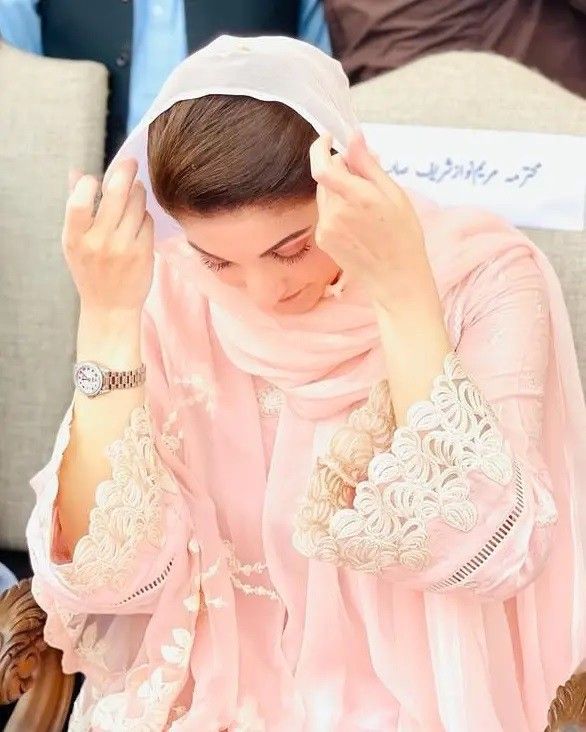
Maryam Nawaz, a politician unyielding in her fashion preferences, demonstrates a penchant for prominent international and local couture brands. Her affinity for luxury is unmistakable, evident in her selection of items such as the $28,000 Rolex watch, Faraz Manan ensembles, Gucci Slides, and Chanel Brooch. With an astute eye for opulence, she effortlessly makes her fashion choices a statement of her indulgent taste.
Bilawal Bhutto Zardari – Zardari’s Charming boy
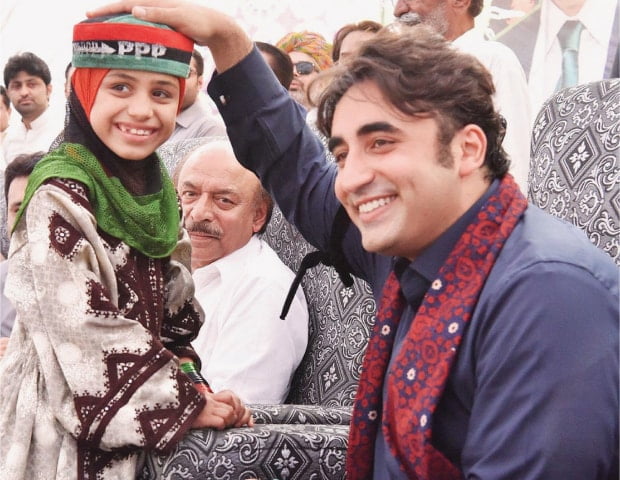
Bilawal Bhutto Zardari not only possesses eloquence in speech but has also carved out a distinct style for himself, skillfully blending sophistication with comfort. Whether traversing rural regions during election campaigns or engaging in media conferences, Bhutto Zardari’s attire of shalwar kameez paired with a tailored jacket exudes both cultural reverence and modern refinement. Moreover, his genuine and frequent smiles, coupled with his youthful demeanor, effortlessly establish him as a public figure who effortlessly connects with his audience, putting them at ease.

